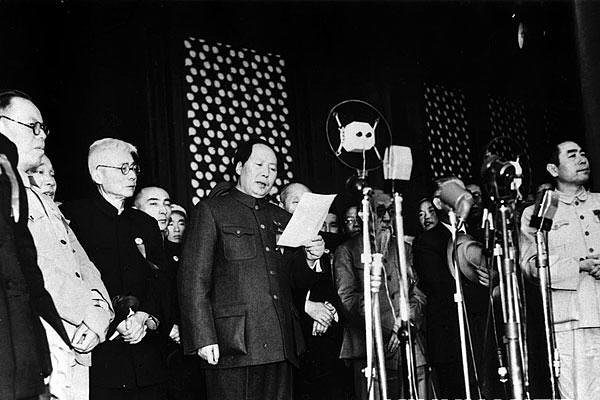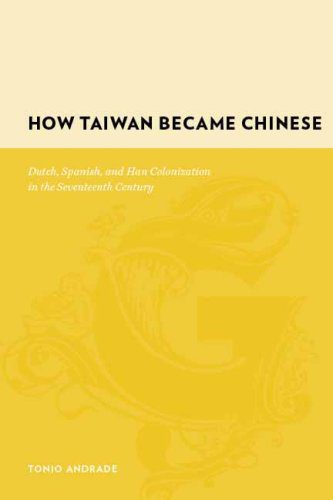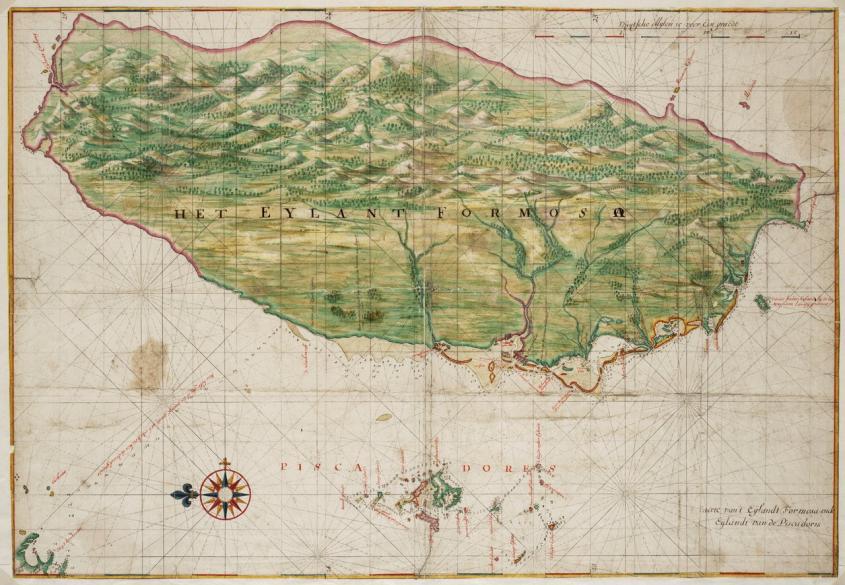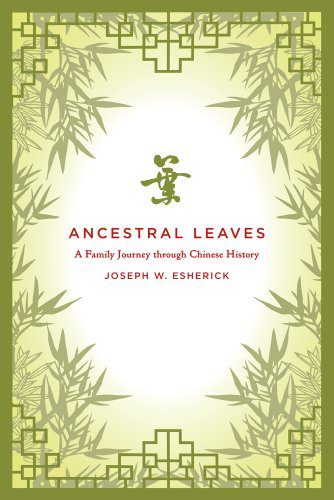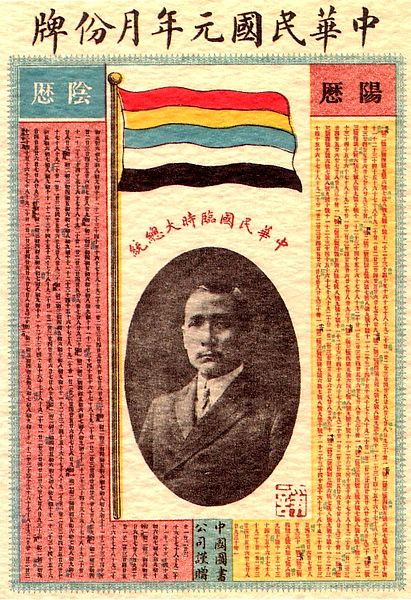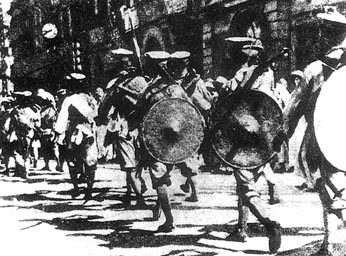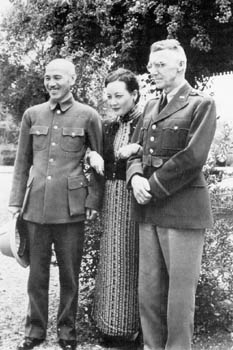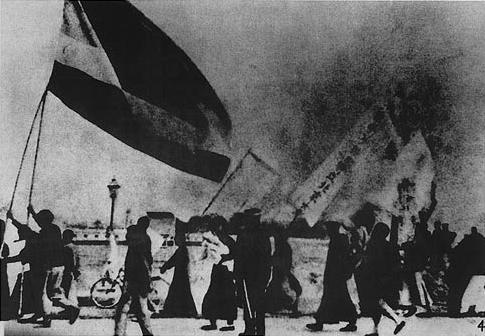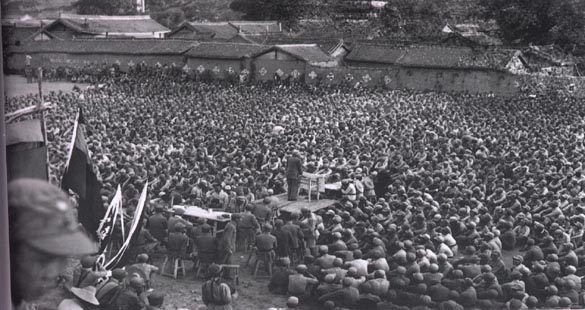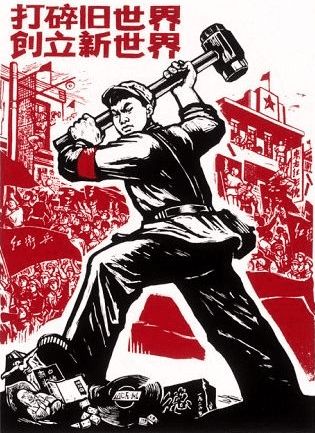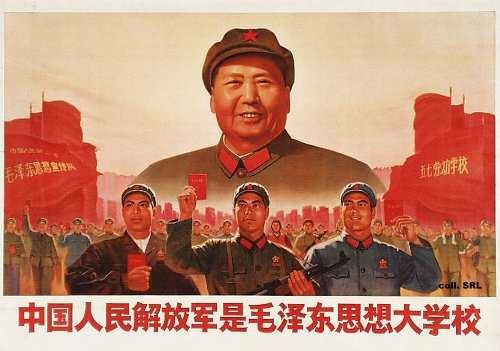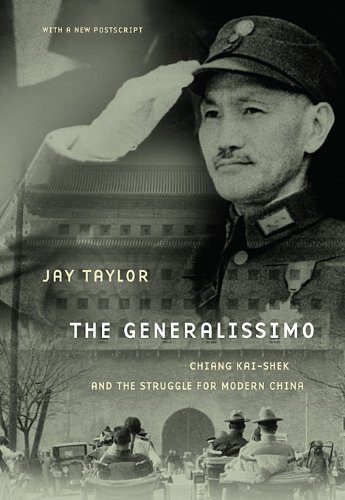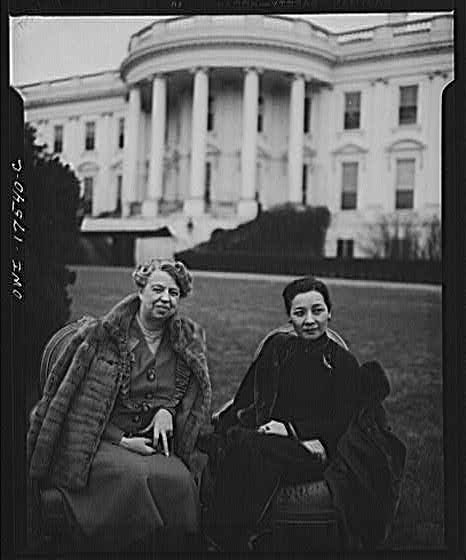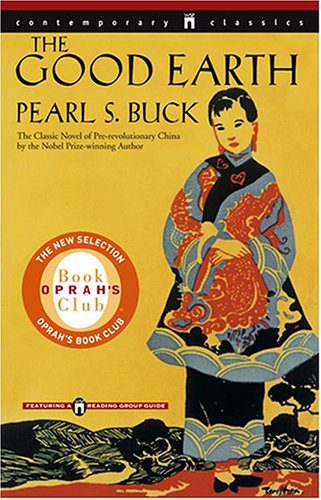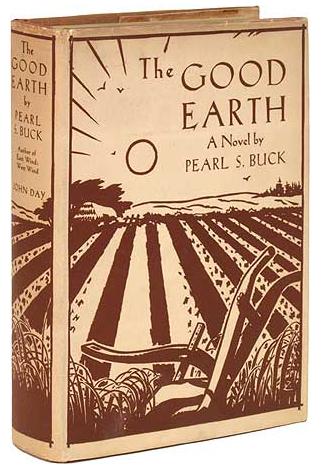Before 1948, the Cold War was largely confined to Europe and the Middle East, areas that both U.S. and Soviet leaders considered vital to their nations’ core foreign policy objectives after the Second World War. By 1950, however, the Cold War had spread to Asia. First, Mao Zedong’s communist armies prevailed in the long-running Chinese civil war in October 1949, making the world’s most populous country part of the communist bloc. Then, on July 25, 1950, communist North Korea invaded Western-oriented South Korea, igniting a bloody war and intensifying the mood of global crisis. U.S. officials assumed that Stalin and Mao were behind the North Korean attack and feared that the assault marked the start of a broader offensive in other parts of the continent. Even as they sent troops to defend South Korea, U.S. leaders pumped money and weapons into the region to help bolster friendly forces. Underlying such behavior was a strong sense, illustrated in the following analysis by the Central Intelligence Agency, that losing the region to the communist bloc would have an array of devastating strategic, economic, military, and psychological repercussions extending far beyond Southeast Asia.
Communist domination of mainland Southeast Asia would not be critical to US security interests but would have serious immediate and direct consequences. The gravest of such consequences would be a spreading of doubt and fear among other threatened non-Communist countries as to the ability of the US to back up its proclaimed intention to halt Communist expansion everywhere. Unless offset by positive additions to the security of non-Communist countries in other sensitive areas of the world, the psychological effect of the loss of mainland Southeast Asia would not only strengthen Communist propaganda that the advance of Communism is inexorable but would encourage countries vulnerable to Soviet pressure to adopt “neutral” attitudes in the cold war, or possibly even lead them to an accommodation with Communism.
Domination of the Southeast Asian mainland would increase the threat to such Western outposts in the Pacific as the island chain extending from Japan to Australia and New Zealand. The extension of Communist control, via Burma, to the borders of India and Pakistan would augment the slowly developing Communist threat to the Indian subcontinent. The fall of the Southeast Asian mainland would increase the feeling of insecurity already present in Japan as a result of Communist successes in China and would further underline the apparent economic advantages to the Japanese of association with a communist-dominated Asian sphere.
The countries of mainland Southeast Asia produce such materials on the US strategic list as rubber, tin, shellac, kapok, and teak in substantial volume. Although access to these countries is not considered to be “absolutely essential in an emergency” by the National Security Resources Board, US access to this area is considered “desirable.” Unlimited Soviet access to the strategic materials of Southeast Asia would probably be “desirable” for the USSR but would not be “absolutely essential in an emergency” and therefore denial of the resources of the area to the Soviet Union would not be essential to the US strategic position. Communist control over the rice surpluses of the Southeast Asian mainland would, however, provide the USSR with considerable bargaining power in its relations with other countries of the Far East.
Loss of the area would indirectly affect US security interests through its important economic consequences for countries aligned with the US. Loss of Malaya would deprive the UK of its greatest net dollar earner. An immediate consequence of the loss of Indochina might be a strengthening of the defense of Western Europe since French expenditures for men and materiel in Indochina would be available to fulfill other commitments. Exclusion of Japan from trade with Southeast Asia would seriously frustrate Japanese prospects for economic recovery.
Communist domination of mainland Southeast Asia would place unfriendly forces astride the most direct and best-developed sea and air routes between the Western Pacific and India and the Near East. The denial to the US of intermediate routes in mainland Southeast Asia would be significant because communications between the US and India and the Near East would be essential in a global war. In the event of such a war, the development of Soviet submarine and air bases in mainland Southeast Asia probably would compel the detour of US and allied shipping and air transportation in the Southeast Asia region via considerably longer alternate routes to the south. This extension of friendly lines of communication would hamper US strategic movements in this region and tend to isolate the major non-Communist bases In the Far East – the offshore island chain and Australia – from existing bases in East Africa and the Near and Middle East, as well as from potential bases on the Indian sub-continent.
Besides disrupting established lines of communication in the area, the denial of actual military facilities in mainland Southeast Asia – in particular, the loss of the major naval operating bases at Singapore – would compel the utilization of less desirable peripheral bases. Soviet exploitation of the naval and air bases in mainland Southeast Asia probably would be limited by the difficulties of logistic support but would, nevertheless, increase the threat to existing lines of communication.
The loss of any portion of mainland Southeast Asia would increase possibilities for the extension of Communist control over the remainder. The fall of Indochina would provide the Communists with a staging area in addition to China for military operations against the rest of mainland Southeast Asia, and this threat might well inspire accommodation in both Thailand and Burma. Assuming Thailand’s loss, the already considerable difficulty faced by the British in maintaining security in Malaya would be greatly aggravated. Assuming Burma’s internal collapse, unfavorable trends in India would be accelerated. If Burma were overcome by external aggression, however, a stiffening of the attitude of the Government of India toward International Communism could be anticipated.
Source: http://www.foia.cia.gov/docs/DOC_0000258837/DOC_0000258837.pdf
Photo Credits:
Mao Zedong proclaiming the founding of the People’s Republic of China in Beijing’s Tiananmen Square, October 1, 1949 (Image courtesy of the People’s Republic of China)
South Korean refugees flee south to escape the North Korean army, 1950 (Image courtesy of the United States Government)
U.S. air and ground Marines fighting Chinese forces in Korea, 1950 (Image courtesy of the United States Federal Government)
